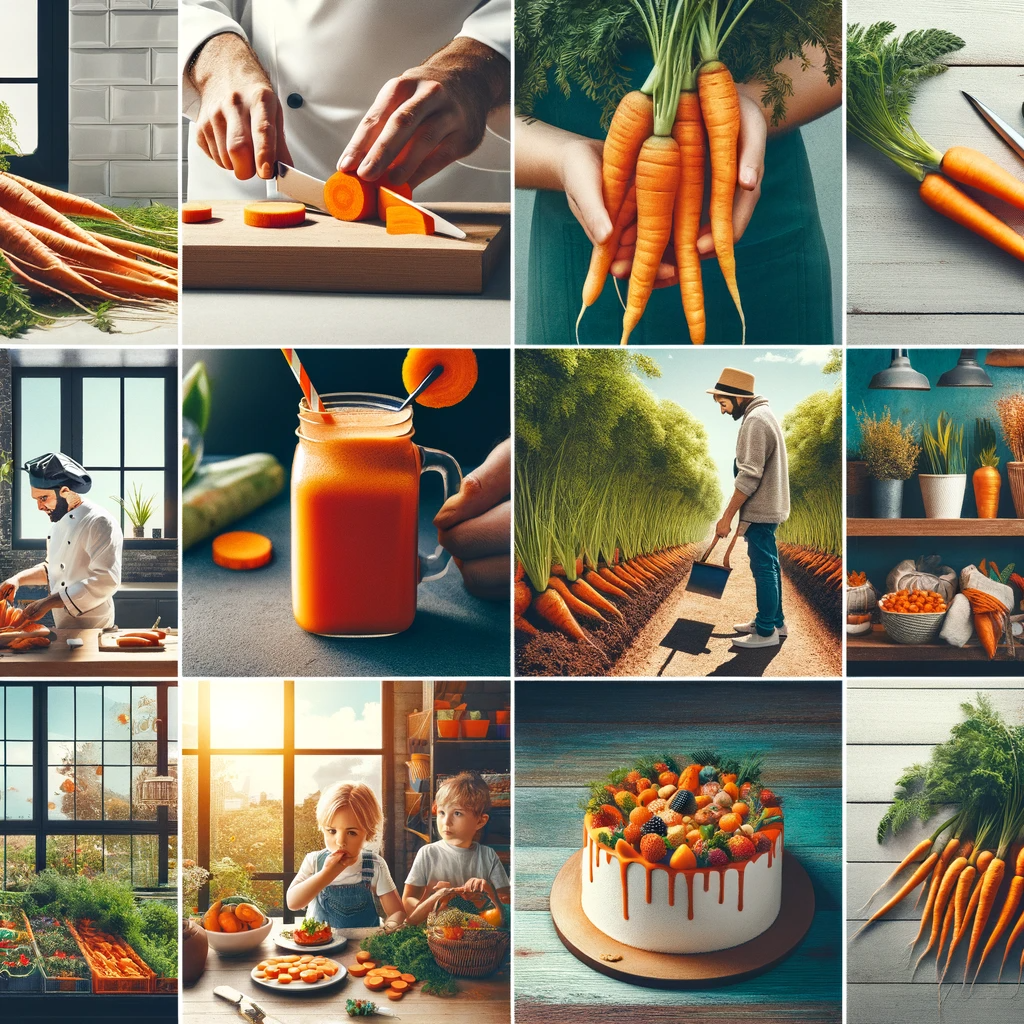Carrots are not just crunchy, delicious vegetables; they are also a versatile ingredient used in various culinary dishes. Whether you’re using carrots for soups, salads, or as a healthy snack, it’s crucial to know how to store them properly to maintain their freshness and flavor. In this article, we’ll explore the best practices for preserving carrot ingredients so that they stay crisp and delicious for longer periods.
1. Choose Fresh Carrots
The first step in preserving the freshness of carrot ingredients starts at the grocery store or farmers’ market. Selecting the freshest carrots is essential for longevity. Look for carrots that are:
- Firm and Smooth: Avoid carrots with soft spots, wrinkles, or cracks.
- Brightly Colored: Vibrant orange carrots are a sign of freshness.
- Attached Greens: If the greens are still attached, they should be crisp and green.
2. Store Whole Carrots Properly
Once you’ve brought your fresh carrots home, follow these steps to store them correctly:
a. Refrigeration
Carrots are best stored in the refrigerator to extend their shelf life. Place them in a plastic bag or airtight container to retain moisture and prevent them from drying out. Here’s how to do it:
- Remove Greens: If the carrots have greens attached, remove them as they can draw moisture from the roots.
- Wrap in Damp Cloth: Wrap the carrots in a damp paper towel or cloth before placing them in the bag or container.
- Proper Humidity: Adjust the humidity setting in your refrigerator’s crisper drawer to maximize freshness.
b. Storage Location
Store carrots away from ethylene-producing fruits like apples and bananas, as ethylene can cause them to become bitter and lose their crispness.
3. Preparing Carrots for Freezing
If you have an abundance of carrots and want to freeze them for later use, follow these steps:
a. Peel and Cut
- Wash and peel the carrots.
- Cut them into your desired shape, such as rounds, sticks, or cubes.
b. Blanching
Blanching helps preserve the flavor and texture of carrots. Here’s how to do it:
- Bring a large pot of water to a boil.
- Place the carrot pieces in boiling water for 2-3 minutes.
- Quickly transfer them to an ice water bath to stop the cooking process.
- Drain the carrots thoroughly.
c. Packaging
- Divide the blanched carrots into portion-sized freezer bags or airtight containers.
- Remove as much air as possible to prevent freezer burn.
- Label and date the bags or containers for easy identification.
4. Storing Baby Carrots
Baby carrots, often sold in convenient pre-cut bags, require slightly different storage techniques:
- Refrigeration: Baby carrots should be kept in the refrigerator in their original packaging or an airtight container.
- Check for Moisture: Periodically check for excess moisture in the packaging and remove any dampness to prevent spoilage.
5. Monitor for Signs of Spoilage
To ensure that your stored carrot ingredients remain fresh, keep an eye out for these signs of spoilage:
- Mold: Discard carrots with any signs of mold growth.
- Softness: Carrots that have become soft or mushy are no longer suitable for consumption.
- Off Odors: If carrots emit an unpleasant odor, it’s best to discard them.
6. Utilize Carrots Creatively
To make the most of your preserved carrot ingredients, explore various culinary uses:
- Carrot Soup: Create a flavorful carrot soup using frozen or fresh carrots.
- Stir-Fries: Add frozen carrot sticks to your stir-fry for added crunch and color.
- Carrot Smoothies: Blend frozen carrot cubes into your morning smoothie for a healthy boost.
- Roasted Carrots: Toss fresh or refrigerated carrots with olive oil and roast them for a delightful side dish.
Conclusion
Preserving the freshness of carrot ingredients is essential to enjoy their sweet flavor and crunch in your meals. Whether you’re storing whole carrots in the refrigerator, freezing them for future use, or keeping baby carrots crisp, following the proper storage methods will help you make the most of this versatile vegetable. By selecting fresh carrots and monitoring their condition, you can enjoy the goodness of carrots in your culinary creations for an extended period. So, stock up on carrots and use them wisely to enhance your recipes and maintain their deliciousness.
